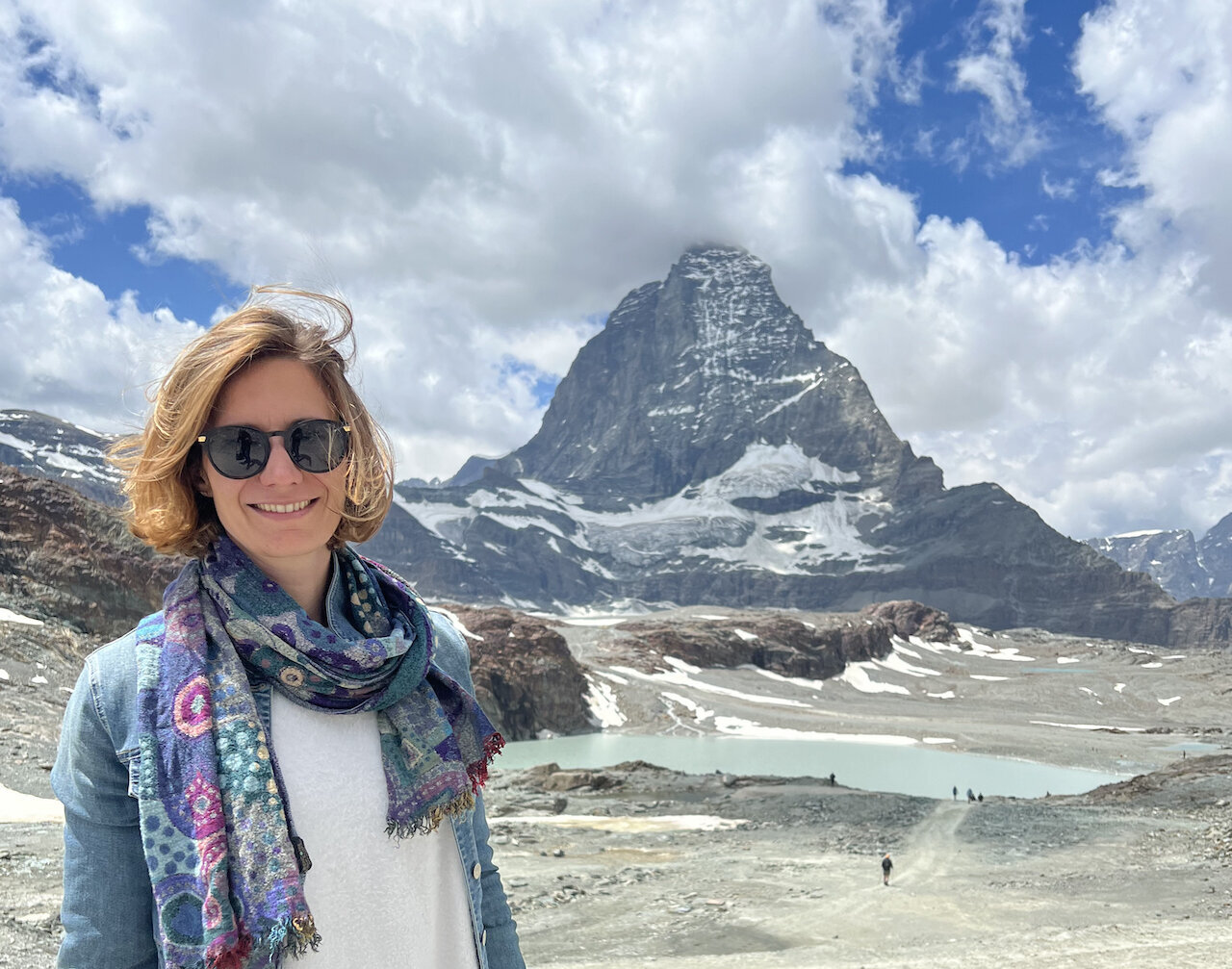News | January 10, 2023
Linking Water from Land to Sea Level Rise

Manuela Girotto of the University of California, Berkeley, combines computer modeling and remote sensing to better understand water flowing from land – and its effects on sea level. Image courtesy of Manuela Girotto
As glaciers melt and warming ocean water expands, it’s easy to overlook another contributor to sea level rise: water flowing off the land. But these flows can be important, especially as humans increasingly alter the land above and below the surface. Researcher Manuela Girotto seeks to better understand the interplay of storm patterns, river flows, and coastal sea level change. Girotto leads a research group that uses satellite measurements to hone computer models of how water that collects on land eventually makes its way to the ocean – and how that might affect future sea level rise.
How would you sum up your current research, and your role on the NASA Sea Level Change Team?
I lead a group at the University of California, Berkeley. The focus of our research is trying to bridge the gaps between computer models of changes in the land surface and remote sensing – satellite observations. My involvement in sea level rise, and the NASA Sea Level Change team, is in the role of hydrologist.
A lot of the time, we think about the causes of sea level rise being glacier melt, runoff, ice caps melting, and so on. That’s totally true. But variable sea level changes are driven by the amount of runoff and stream flows that come from land. The idea behind our work is: Can we try to improve what we know the contributions to sea level changes are from land hydrology? We try to do that by merging satellite observations and land-surface models. We use observations from GRACE [the Gravity Recovery and Climate Experiment] and GRACE Follow-on [GRACE FO] that measure terrestrial water storage. We’re trying to understand a little bit better how something that we observed from space can improve the models. Sometimes these models are schematic representations of reality, so they simplify reality with a set of equations. And sometimes they can’t do a great job of simplifying.
For example, some studies a few years back linked groundwater pumping with sea level rise. Groundwater pumping is a human-driven process like irrigation, dam building, and deforestation. These are processes for which the models are not doing well in terms of modeling, of estimating. Integrating satellite observations like GRACE, so we’re able to model processes linked to human-driven activities: That is my role in the sea level team.
How do you describe your work to non-experts?
We’re trying to understand how water moves on Earth, as well as trying to better understand what that looks like using models and satellite observations. Human activities such as pumping groundwater from an ancient, deep aquifer – essentially moving water from deep in the land surface to the atmosphere, surface, and ocean – can cause additional changes. We’re also looking at how smaller-scale variability plays a role. When there is more rainfall over land, more water is going to go into the streams, eventually making it into the oceans. The ocean is going to receive more water near the coast because of precipitation over land. It’s where year-to-year variability of sea level rise and the storage of water on land come into play. These are all natural processes. Human-driven processes such as groundwater irrigation, dam building, water storage and management, and deforestation could also affect the water budget. Where is the water in space and time, how is it changing, and what is the link to sea level? If you’re just using models to make predictions of what will happen in 10 or 15 years, the projections would be off because some of these processes were not modeled. That is the added value of using these streams of observations.
How do you explain the threat of sea level rise to non-experts?
Of course, the coastal regions are going to see the immediate impact. A lot of adaptation needs to happen, such as building higher walls around the coast, moving away from areas experiencing sea-level rise, and so on. I grew up in Treviso, a small town near Venice, so I started seeing this with my own eyes. Anytime I go back and make a visit to Venice, it is even worse. I’m pretty scared we will lose the city eventually to sea levels rising and also to land subsidence.


